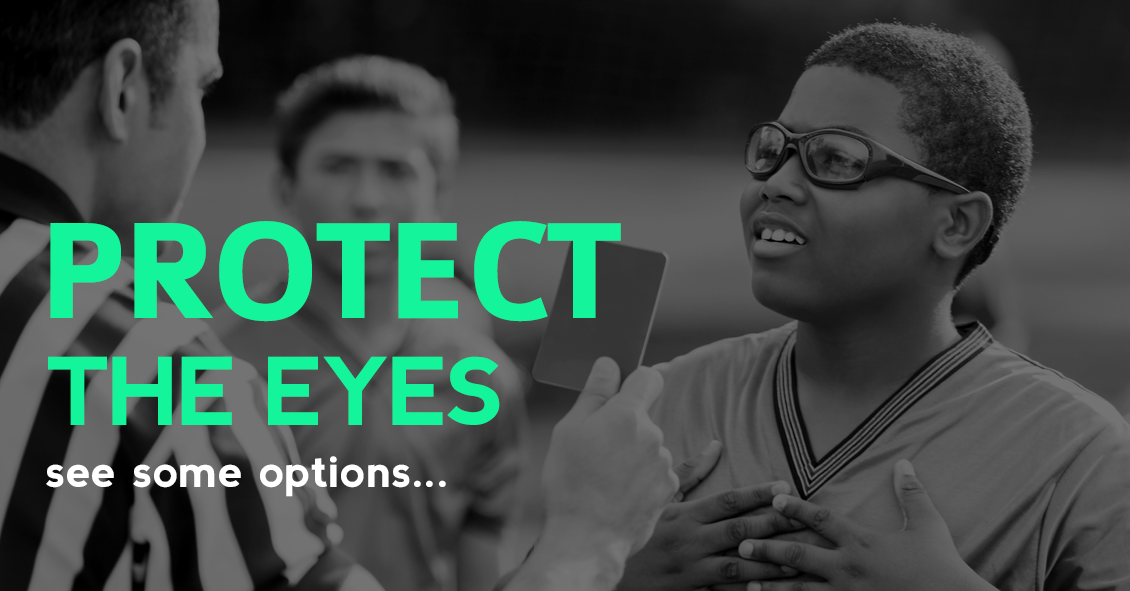Blog

Have you ever felt a twitching sensation in your eye? Were you sure everyone was looking at you because of it? Worried it is the beginning of a big problem?
Relax, it’s not likely to be a big deal. Most of the time it is not even visible to other people.
First, it’s almost never your actual eyeball that is twitching; it’s your eyelid muscle. The actual eye twitching is fairly rare and would cause the vision to be fairly blurry if the eyeball was really twitching.
The eyelid has a muscle in it that closes the eyelid and that muscle has a very high concentration of nerve innervation. Because of that dense nerve tissue in the eyelid, anything that makes your nervous system a little hyped up or off kilter can result in the eyelid twitching.
What are some of the risk factors for eyelid twitching?
Fatigue
Not getting enough sleep can result in your nervous system not performing at its best and one of the results of that may include twitching of your eyelid. If you are...

There are many options available to adults and children when it comes to wearing corrective lenses (glasses and contacts) when engaged in physical activities.
Here is a look at the different modalities and the pros and cons of each:
Prescription Sports Goggles (i.e. Rec Specs)
The main benefits of goggles when playing sports are stability of vision and eye protection. When playing fast-moving sports, like basketball, soccer, rugby, etc., elbows, wrists, and heads are flying around at high speed, increasing the risk of eye injury. The eyes and eye sockets can be protected when covered by shatter-proof lenses. Additionally, there is no worry of having a contact lens pop out of your eye, which can be a debilitating experience for some people. The main drawback to goggles is that they can be cumbersome, decrease peripheral vision, and fog up. Additionally, very high prescriptions might not be available to make due to frame limitations. On the whole, this is a very good option...
Read more: What Kind of Eye Correction Do I Need for Sports?


